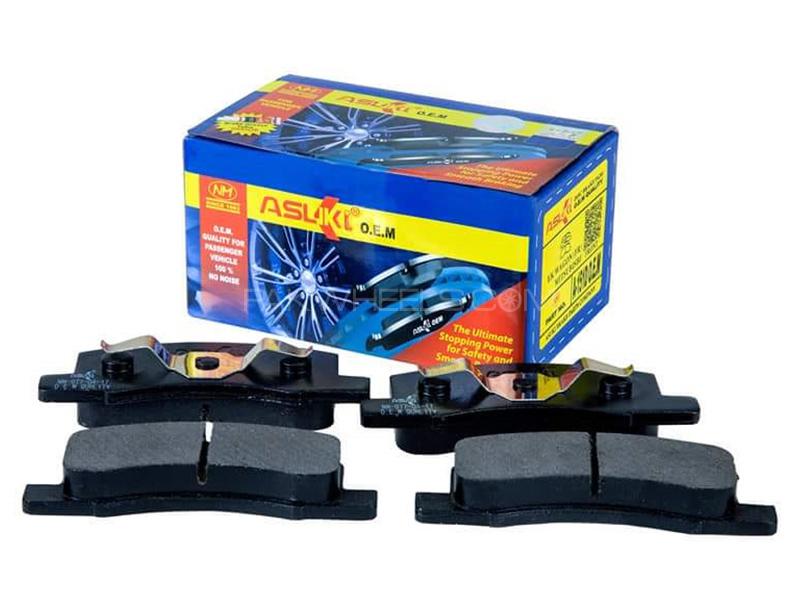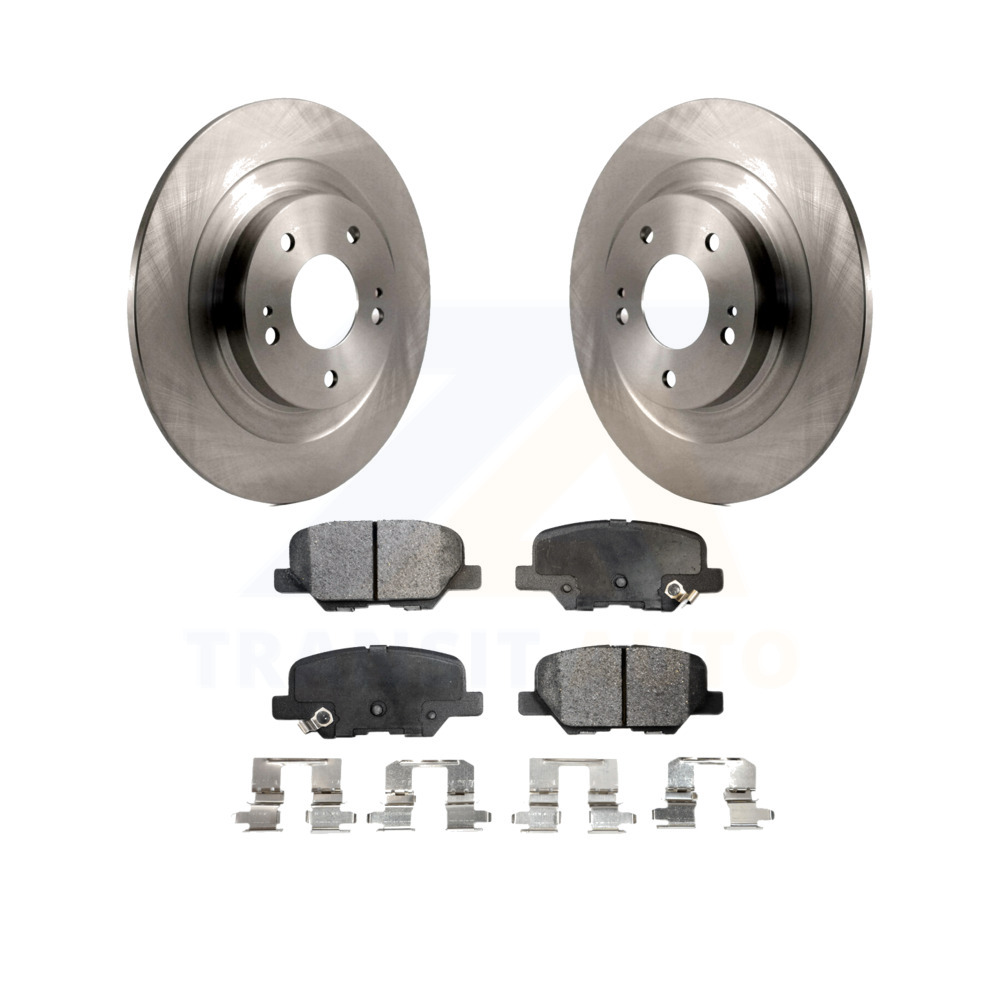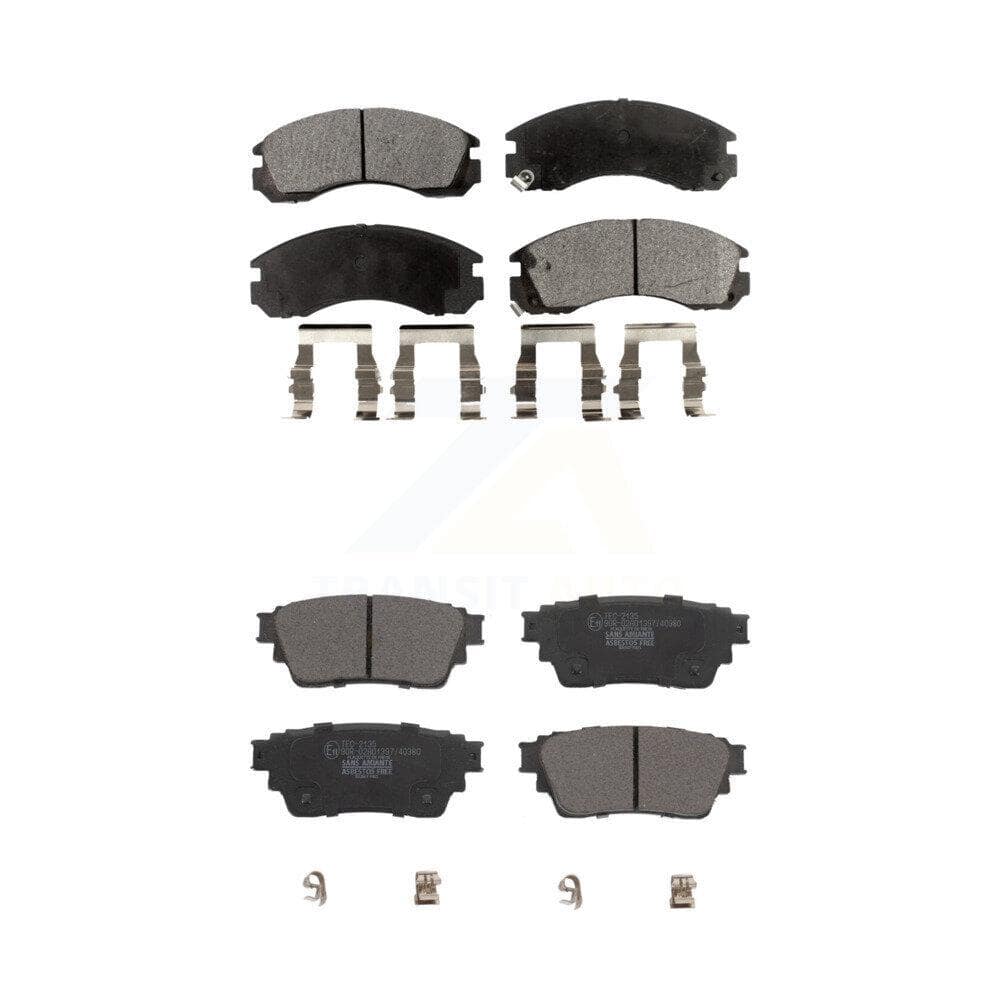Mitsubishi Outlander Rear Brake Pads

Across the nation, Mitsubishi Outlander owners are reporting premature wear and tear on their rear brake pads. This issue, while not always presenting immediate safety concerns, is leading to unexpected maintenance costs and raising questions about the longevity and durability of the vehicle's braking system. The problem appears to be more prevalent in certain model years and driving conditions.
The premature wear of Mitsubishi Outlander rear brake pads is emerging as a significant concern for vehicle owners. This issue necessitates earlier-than-expected replacements, straining household budgets and prompting inquiries into potential underlying causes and long-term solutions. This article delves into the reports from owners, examines potential causes, and provides a comprehensive overview of the situation surrounding Outlander rear brake pad wear.
Owner Reports and Common Symptoms
Online forums and automotive repair websites are filled with accounts from Mitsubishi Outlander owners detailing their experiences with rear brake pad wear. Many report needing to replace their rear brake pads far earlier than the front pads, which typically experience more wear due to weight transfer during braking.
Common symptoms reported include a squealing or grinding noise when braking, a noticeable decrease in braking performance, and visual inspection revealing significantly worn or thin rear brake pads. Some owners have even reported needing rear brake pad replacements as early as 20,000 miles, a figure substantially lower than the typical lifespan of brake pads.
Model Year Variations
While the issue has been reported across multiple Outlander model years, some anecdotal evidence suggests certain years may be more susceptible. The 2014-2020 models frequently appear in online discussions, but reports span across a broader range.
Determining a specific model year with definitively higher rates of premature wear requires more comprehensive data and statistical analysis. However, the recurrence of reports across various years points to a potentially systemic issue warranting further investigation by Mitsubishi.
Potential Causes and Contributing Factors
Several factors could contribute to the accelerated wear of rear brake pads on the Mitsubishi Outlander. These potential causes range from vehicle design and electronic systems to individual driving habits and environmental conditions.
One potential culprit is the electronic parking brake (EPB) system, which is automatically activated in some situations. Over-reliance on this system, particularly in hilly environments, could potentially increase wear on the rear brake pads.
Another possibility is the electronic stability control (ESC) system. While designed to enhance safety, frequent activation of ESC can apply the brakes individually to maintain vehicle stability, potentially contributing to uneven wear on the rear brake pads.
"The electronic systems, while beneficial for safety and convenience, could be inadvertently contributing to premature wear if not properly calibrated or used," explains John Davis, a certified automotive technician with over 20 years of experience.
Driving habits also play a significant role. Frequent hard braking, driving in stop-and-go traffic, and carrying heavy loads can all accelerate brake pad wear. Additionally, environmental factors such as road salt and debris can contribute to increased wear and tear on brake components.
Industry Insights and Expert Opinions
Automotive industry experts suggest that a combination of factors is likely at play. Some speculate that the choice of brake pad material used by Mitsubishi could be a contributing factor.
Others point to the overall weight distribution of the vehicle and the calibration of the electronic braking systems. A heavier rear weight bias or overly aggressive ESC programming could lead to increased rear brake usage and subsequent wear.
Furthermore, the design of the rear brake calipers and rotors could also influence brake pad wear. Inadequate cooling or improper alignment could contribute to accelerated wear and uneven braking performance.
Mitsubishi's Response and Potential Solutions
As of now, Mitsubishi has not issued an official recall or technical service bulletin specifically addressing premature rear brake pad wear on the Outlander. However, the company is likely aware of the issue based on customer feedback and dealer reports.
Possible solutions could include a revised brake pad compound, recalibration of the electronic braking systems, or modifications to the rear brake caliper design. Owners experiencing this issue should contact their local Mitsubishi dealer for diagnosis and potential warranty coverage.
Looking Ahead: Consumer Awareness and Responsible Driving
Moving forward, Mitsubishi Outlander owners should be vigilant about monitoring their brake performance and scheduling regular inspections. Paying attention to unusual noises or vibrations during braking can help identify potential problems early on.
Responsible driving habits, such as avoiding hard braking and maintaining proper tire inflation, can also help extend the lifespan of brake pads. Consulting with a trusted mechanic for preventative maintenance and early intervention can save money and ensure vehicle safety in the long run.
The issue of premature rear brake pad wear in the Mitsubishi Outlander underscores the importance of proactive vehicle maintenance and staying informed about potential issues. By understanding the potential causes and taking preventative measures, owners can mitigate the risk of costly repairs and ensure the safe operation of their vehicles.















